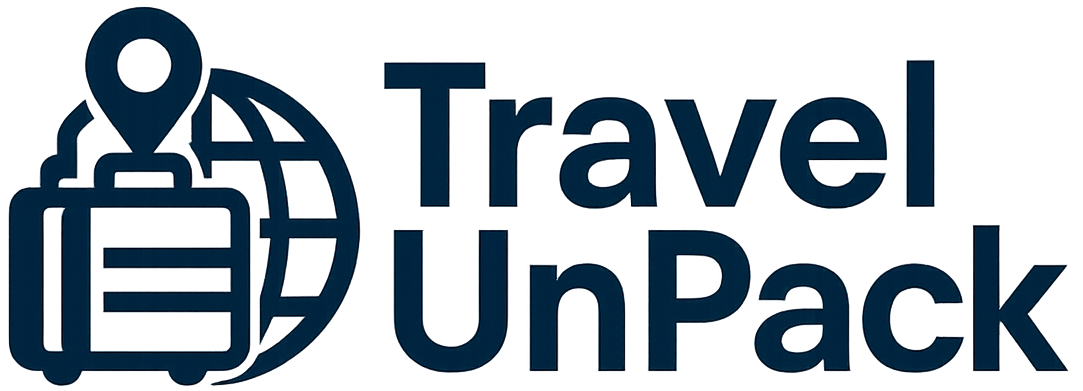How to Use the Career Mind Map Technique to Plan Non-Linear Paths
Have you ever felt lost in the midst of so many career possibilities? In a world where traditional professions are changing and new areas are popping up all the time, planning a linear career path can seem impossible. That's where career mind maps come into play. This visual tool helps organize ideas, connect skills and explore career paths in a flexible and creative way.
Imagine being able to visualize all your aspirations, skills and opportunities in one place, without being bound by a rigid sequence. Mind maps allow just that: a dynamic, adaptable and multidisciplinary approach. They are especially useful for those who want to migrate from one area to another, unite different skills or simply understand how their experiences fit into a larger plan.
In this article, you'll discover how to create and use career mind maps to design a professional future in line with your interests and the demands of the market. We'll explore everything from basic concepts to advanced strategies, with practical examples and tips for putting it all into action. Ready to get started?
What Career Mind Maps Are and Why They Work
Mind maps are graphic representations that organize information around a central concept, using branches to connect related ideas. When applied to career planning, they become a powerful tool for mapping skills, interests, objectives and opportunities. But why does this approach work so well for non-linear trajectories?
The answer lies in the way our brain processes information. Unlike lists or spreadsheets, mind maps stimulate associative thinking, allowing you to see connections between seemingly disconnected areas. For example, someone with a background in communications might discover that their storytelling skills are valuable not only in journalism, but also in marketing, corporate training or even UX writing.
What's more, career mind maps are flexible. They can be adjusted as you gain new experiences or discover different interests. They don't put a lock on your future, but rather open doors to explore possibilities. Want to see how this works in practice? Think of a professional who started out in the field of biology, migrated to environmental education and then specialized in corporate sustainability. A mind map would help visualize how these transitions make sense within a larger context.
To get started, you can use digital tools such as MindMeister or Miroor simply pick up a pen and paper. The important thing is to let the ideas flow without initial judgment. Later, you refine and organize the content.
How to Create Your First Career Mind Map
Now that you understand the concept, it's time to get down to business. Where to start? The first step is to define the core of your map: your main objective or central theme. It could be something like "My Multidisciplinary Career" or "Transition to the Technology Area". This will be the starting point for all the branches.
Next, identify the main categories that make up your trajectory. Some common branches include:
– Current Skills (what you already know how to do)
– Professional Interests (areas that arouse your curiosity)
– Previous experiences (jobs, courses, volunteering)
– Long-term objectives (where you want to go)
– Market opportunities (growing sectors)
Let's take a practical example: imagine a business graduate who wants to work in innovation. In their mind map, they might connect their management experience with courses in design thinking, data analysis skills and an interest in startups. These connections could reveal paths such as innovation consultancy or entrepreneurship.
Don't worry about being perfect in the first draft. The aim is to externalize your thoughts and identify patterns. As you progress, you can adjust, add or remove branches. A valuable tip is to use different colors for each category, making it easier to see.
Finally, review your map periodically. Our career is a living organism and your interests can evolve. How about scheduling a time every three months to revisit and update your plan?
Exploring Connections Between Skills and Opportunities
One of the greatest benefits of career mind maps is the ability to see relationships between apparently unconnected skills. We often underestimate our own versatility, focusing only on skills that are obvious to our area of training. But what if you discovered that your passion for photography could complement your work in digital marketing?
Let's look at a real case: a professional with a degree in psychology who had worked in human resources for years. When she created her mind map, she realized that her skills in active listening and conflict resolution could be applied in other areas, such as coaching or family mediation. In addition, her interest in writing led her to explore mental health content, opening doors to collaborate with blogs and magazines.
How can you do this in practice? Start by listing all your skills, even those that seem "out of the ordinary". Do you speak another language? Are you good at organizing events? Have you ever worked in sales? Each of these skills can be a differentiator in different contexts.
Then cross-reference these skills with the demands of the market. For example, knowing how to interpret statistical data is useful not only for scientists, but also for marketing professionals, project managers and even investigative journalists. Tools such as LinkedIn Jobs or Catho can help identify which skills are in demand at the moment.
Remember: multidisciplinary careers are built precisely on these intersections. The more you explore your unique combinations, the more unique opportunities you will find.
Dealing with Uncertainties and Changes of Course
One of the biggest concerns for those pursuing a non-linear career is the feeling of instability. What if I regret it? What if no path works out? These doubts are normal, but mind maps can help you manage them.
First, understand that changing direction is not a failure, but an adaptation. Today's job market values professionals who know how to pivot, i.e. adjust their path as new information and opportunities arise. An engineer who switches to product management, for example, is not "wasting" their training, but applying their analytical skills in a new context.

In your mind map, include a space for alternative scenarios. What would you do if your first choice doesn't work out? What skills can you transfer to other fields? Having these plans visible reduces anxiety and increases your professional resilience.
Another strategy is to try out small steps before committing to a radical change. How about taking an introductory course in your area of interest or looking for side projects? Platforms such as Coursera e Udemy offer affordable training to explore new fields without large initial investments.
The key is to see your career as a continuous experiment. Each experience, whether a success or a "failure", provides valuable data for adjusting your route. And the mind map is there precisely to help you record and learn from each one.
Integrating Continuing Education into Your Plan
In multidisciplinary paths, learning never stops. But how do you decide what to study in the midst of so many options? Your mind map can be a guide to prioritizing knowledge that really adds value to your plan.
Start by identifying gaps between where you are and where you want to go. Let's say your goal is to work in artificial intelligence, but your background is in design. In that case, branches on your map could include courses in Python programming, AI ethics and user experience for intelligent systems.
Prioritize skills that are "bridges" between your areas of interest. For example, if you combine health and technology, expertise in medical data analysis can be more strategic than specializing in just one side.
Also, explore different learning formats. Micro-certifications, workshops, podcasts and even informal mentoring can complement your traditional training. Sites such as Class Central offer free courses from renowned universities, while platforms such as MentorCruise connect you to experienced professionals for personalized guidance.
Remember: continuing education doesn't have to be solitary. Include in your mind map communities and networks that can support your development. Participating in LinkedIn groups or networking events can provide insights that you wouldn't find on your own.
Turning Your Mind Map into Concrete Actions
There's no point in having a detailed map if it's kept in a drawer. How can we turn this visualization into practical steps? The answer lies in breaking down its ramifications into achievable goals and realistic deadlines.
Returning to the example of the transition to technology: if one of the connections on your map is "learn programming", define which language to study first, in how much time and how to measure your progress. Goals such as "complete course X in three months" or "build a simple project by the end of the semester" make the plan tangible.
Another strategy is to use the map to identify side projects to test their new skills. Do you want to work with sustainability? How about creating a blog on the subject or collaborating with a local NGO? These experiences not only enrich your portfolio, but also validate whether this path makes sense for you.
Tools such as Trello or Notion can help you organize these tasks. You can even integrate them into your digital mind map, creating reminders and deadlines for each action.
The most important thing is to maintain momentum. Revisit your map every week to adjust priorities and celebrate small achievements. Every step, no matter how small, brings you closer to the multidisciplinary professional you aspire to be.
Adapting Your Mind Map Over Time
Your first career mind map won't be the same as the one you'll have in five years' time - and that's great. How can you ensure that this tool evolves with you? The key is constant revision and the flexibility to embrace new directions.
I suggest scheduling quarterly check-ins to evaluate your progress and update your branches. Ask yourself:
- What goals were achieved?
- What interests have changed?
- What new opportunities have arisen?
For example, a professional who began by mapping out a career in finance may discover, over time, a passion for economic psychology. Their mind map could then take on new branches that integrate these two areas, such as financial decision-making consultancy.
Don't be afraid to "prune" parts of the map that no longer make sense. Non-linear careers are organic, and it's okay to abandon paths that no longer resonate with your current values. The important thing is to document these changes in order to understand your growth.
Finally, share your map with trusted mentors or colleagues. An outside eye may point out connections you hadn't considered. And who knows, maybe your multidisciplinary path will inspire others to explore their own unique paths.
So, are you ready to start your career mind map? Grab a piece of paper, open an app of your choice and let your ideas flow. Your professional future will thank you!



